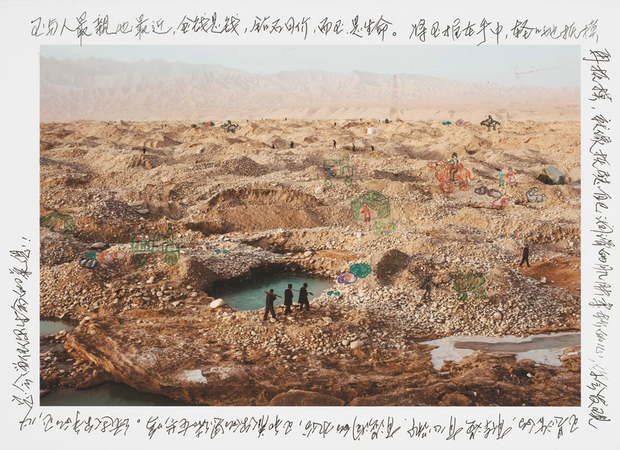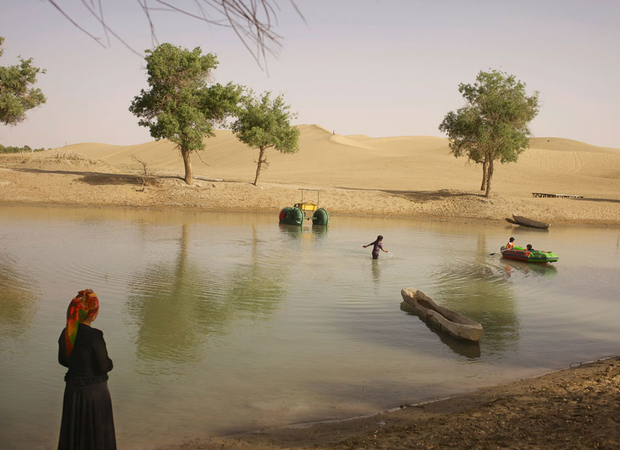Wild Pigeon, Excerpt | Jade Diggers
on April 15, 2015
Jade diggers along Xinjiang’s White Jade River, with coloring and Chinese writing by local Uighurs, 2012.

Jade diggers along Xinjiang’s White Jade River, with coloring and Chinese writing by local Uighurs, 2012.

A collage made by two teenagers in a park in Hotan, southwestern Xinjiang, 2013.

A pool hall in Darya Boye, a riverside village in the Taklamakan desert, 2008.

Uighurs visiting the ponds that are the remains of the once 10,000-square-kilometer Tarim Lake, 2009.

An apartment complex in Kashgar for Uighurs displaced by development projects, 2009.

In letter to German luxury car maker, dealers call on BMW to set more realistic sales targets.
Tsinghua Unigroup in talks to buy a controlling stake in Hewlett-Packard unit H3C Technologies.
It's unclear how she would manage two of America's most important and complex relationships.
“The underlying theme I heard when talking to people was that how you interpret things is how they will be, so its best to look at the bright side of things. You don’t mention bad dreams, or you try to interpret them in a positive way. People told me dreams about drowning in a river, picking fruit, burning flags, speaking to ancestors.”